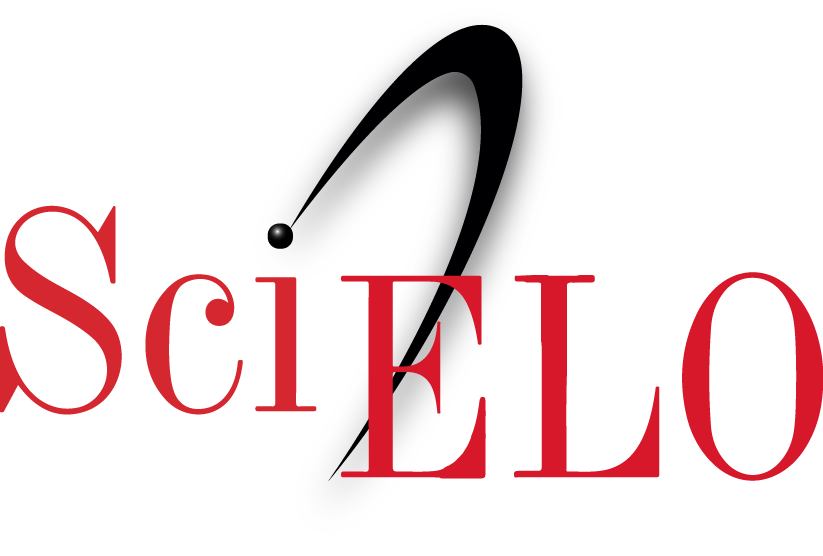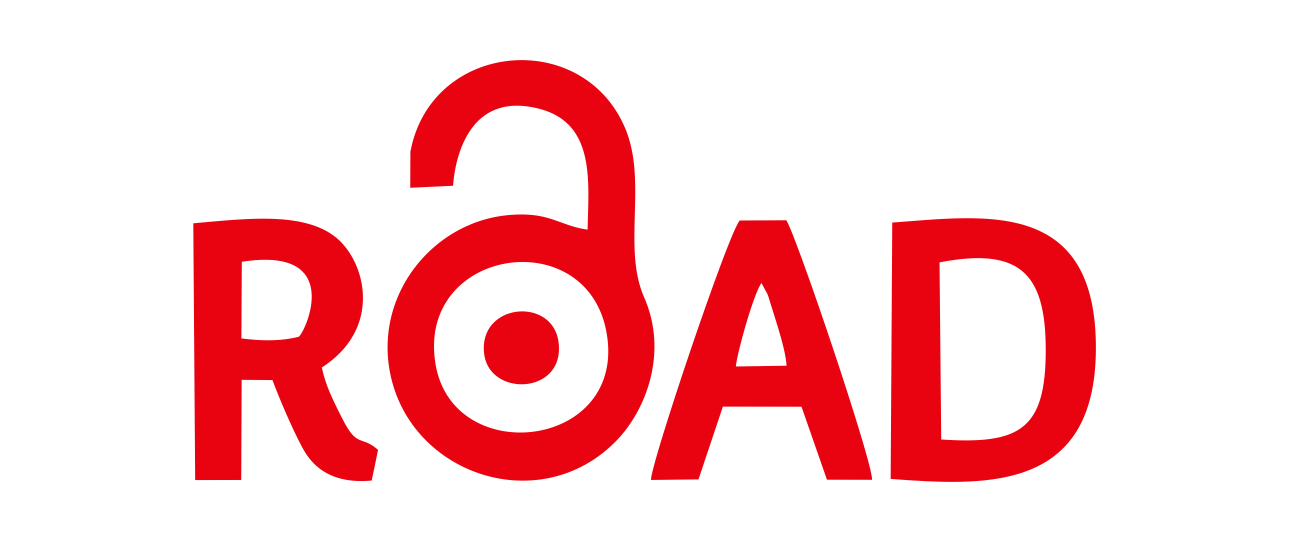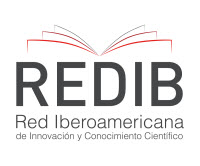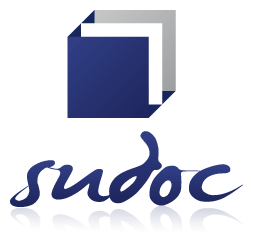Indicators of creative territories: An application to Quito Metropolitan District
Keywords:
Territory; Culture; Creative Environment; Local Politics; Quito.Abstract
The paper analyses the European concept of creative cities, generalizing the concept of creative territories, in a new context under three aspects: it deals with creative territories in Latin America, discusses creativity in the context of a metropolitan region and its surrounding areas (ciudad region) and examines creativity in the context of local development politics. More specifically, a creative approach of local development politics in the territory of the Metropolitan District Quito (Ecuador) is proposed. The paper determines the elements of the communal politics that facilitate the manifestations of the creative territories, shown in specific indicators, so to guide the analysis of the ability of territories to implement creative programs. In order to get this aim, this paper analyzes a series of experiments on a practical level, to contrast a series of indicators that link aspects of territory and innovation. In particular, authors study the case of Quito (Ecuador), with the idea of discovering the concepts and progress on managing the complexity of urban development and the need of the community institutional development, focusing on municipal policies on land use, innovation and smart cities. The findings of the study suggest that the experiences of Quito discuss indicators allow for a paradigm newly formulated: a new culture of local politics.References
ACS, Z. J., & MEGYESI, M. I. (2009). Creativity and industrial cities: A case study of Baltimore. Entrepreneurship & Regional Development, 21(4), 421–439.
ALBUQUERQUE, F. (2004) Local Economic Development and Decentralization in Latin America, CEPAL Review 82, Abril 2004, p. 155 - 169
ALONSO DOMÍNGUEZ, Á. (2011). Productividad, competitividad y salarios en ciudades grandes: la clase creativa. Encrucijadas, 2011(2), 22–33.
BARRERA, A. (2007) Agotamiento de la descentralización y oportunidades de cambio en el Ecuador, en Carrión, F. La descentralización en el Ecuador: opciones comparadas, Quito, p. 175 – 206, recuperado el 12 de abril de 2016, https://works.bepress.com/fernando_carrion/103/download/#page=172
BARRERA, A. (2013a) Quito – Modelo territorial para la ciudad del buen vivir, en: MDMQ / Ministerio de Desarrollo y Vivienda / Asociación Municipios del Ecuador: Primer Foro Urbano Nacional, Quito, p. 14.
BARRERA, A. (2013b) Ciudad Digital e Innovación Social. Ponencia Innovación y Ciudades Inteligentes, Feria de Universidades, Quito noviembre 2013
BARRERA, A. (2014) Testimonio de un Compromiso Cumplido. Informe Gestión 2009 – 2014, Quito
BERTELSMANN STIFTUNG (2007): The CSR Navigator, Public Policies in Africa, the Americas, Asia and Europe. https://www.bertelsmann- stiftung.de/de/publikationen/publikation/did/the-csr-navigator/ consulta 13 de junio de 2014
BUNDESZENTRALE FÜR POLITISCHE BILDUNG (2012) Bundeszentralefürpolitische Bildung: Politische Kultur – Politische Kultur Ecuador.http://www.bpb.de/nachschlagen/lexika/handwoerterbuch-politisches- system/40357/politische-kultur?p=all (acceso 21/08/2013)
BUTZIN, B. (2000): Netzwerk, Kreatives Milieu und Lernende Region: Perspektivenfür die regionale Entwicklungsplanung, in: Zeitschriftfür Wirtschaftsgeographie, 44 (3+4), p. 149 – 166
Gierhake, Klaus; Fernandez Jardon, Carlos María
CLARK, T.N. (2004): Urban amenities: lakes, opera, and juice bars: do they drive development? In Clark, Terry Nichols (Ed.) The city as an entertainment machine research and urban policy, 9, 103-140, Amsterdam
CORDOVA, M. (2010) Quito: Gobernanza Metropolitana E Innovación Territorial En El Nuevo Milenio, en: Coloquio Internacional de Geocrítica, Actas, Buenos Aires
EL COMERCIO (2014,13 de julio)El costo del Metro de Quito, abajo del promedio, http://www.elcomercio.com/actualidad/presupuesto-metro-quito-construccion.html, Recuperado el 14 de Julio de 2014
EL COMERCIO (2014,17 de diciembre) El Metro: de debate técnico a pulso político, http://www.elcomercio.com/actualidad/quito-metro-debate-tecnico-politico.html, Recuperado el 14 de enero de 2015
ELLISON, N. B., STEINFIELD, C., & LAMPE, C. (2011). Connection strategies: Social capital implications of Facebook-enabled communication practices. New Media & Society, 13(6), 873–892.
FLORIDA, R. (1995). Toward the learning region.Futures, 27(5), 527–536. FLORIDA, R. (2010). La clase creativa. Madrid: Paidós.
FRIEDRICH EBERT STIFTUNG (2012): Die kommunalpolitische Kooperation der Friedrich Ebert Stiftung in Lateinamerika, http://library.fes.de/fulltext/iez/00031002.htm. Consulta 20 de mayo de 2014
FROMHOLD-EISEBITH, E. (1995) Das kreative Milieu als Motor regionalwirtschaftlicher Entwicklung, en: Geographische Zeitschrift, año 83, Cd. 1, p. 30 – 47
GARCÍA, M. P. (2015, October 16). Economía creativa, dinámicas locales y gobernaza en entornos metropolitanos: el caso de la región metropolitana de Salvador de Bahia. DRd - Desenvolvimento Regional em debate. Retrieved from http://www.periodicos.unc.br/index.php/drd/article/view/1007 25/11/2015
GAROFOLI, G. (2009). Las experiencias de desarrollo económico local en Europa: las enseñanzas para América Latina (No. Mayo). URB-AL III. San Jose, Costa Rica:
GIERHAKE, K. (2014). Informe de entrevistas sobre Innovacion y territorio en el distrito metropolitano de Quito. Trabajo propio. No publicado.
GIERHAKE, K. (2015) Integrierter Umbau der Raumstrukturim Metropolitandistritk Quito (Ecuador) – ein Ansatzzur Diskussiongeographischer Innovationsforschung, Giessen 2015 https://www.uni-
giessen.de/cms/fbz/zentren/zeu/forschung/publikationen/publi2/DiscPap67
HALL, P. G., & RAUMPLANER, S. (1998). Cities in civilization (p. 291). New York: Pantheon Books.
HALL, P. (2000). Creative cities and economic development.Urban studies, 37(4), 639-649.
Indicadores de Territorios creativos: una aplicación al distrito Metropolitano Quito
JEKEL, TH. & FROMHOLD-EISEBITH, M. (2003) Identität und regionalwirtschaftliche Innovativität, en: GeographischeZeitschrift, Año 91, Cd. 2, p. 115 – 129
KIESE, M. (2004): Regionale Innovationspotentiale und innovative Netzwerke in Südostasien. Innovations- und Kooperationsverhalten von Industrieunternehmen in Singapur, Münster / Hamburg
KONSTADAKOPULUS D., CHRISTOPOULUS D. (2004) Innovative milieux and networks, and technological change and learning in European regions: technology policy and innovation strategies. Internet: http://www.intech.unu.edu/publications/conference- workshop-reports/seville/konstant.pdf (May 2004)
KOSCHATZKY, K. (1997): Innovations determinanten iminterregionalenVergleich. Möglichkeiten zur Stärkung regionaler Innovations potentiales, in: Geographische Zeitschrift, 85 (2+3), p. 97 – 112
LANGE, D. / ROHN, K. / PIESBERGEN, M. / SCHMITZ, H.-R., SUWALA, L. (2001):
Nachhaltige Vitalisierung des kreativen Quartiers um den Campus Berlin Charlottenburg, Berlin – Eigenverlag WISTA Management
LANDRY, C. (2012). The Creative City: A Toolkit for Urban Innovators. London: Earthscan. (2ºed)
MAIER, J., & OBERMAIER, F. (2002). Creative Milieus and Regional Networks: Local Strategies and Implementation in Case Studies in Bavaria. In L. Schätzl& J. Revilla Diez (Eds.), Technological Change and Regional Development in Europe (pp. 211– 232).
MARKUSEN, A. (2007): The Urban Core as a Cultural Sticky Place, in: Henckel, D. / Pahl- Weber, E. / Herkomer, B. (Ed.) Time Space Places, p. 173 – 187, Frankfurt am Main / Heidelberg: Physica-Verlag HD.
MANITO, F., & KREANTA, F. (2009). Ciudades creativas: Cultura, territorio, economía y ciudad. Fundación Kreanta.
MDMQ (2012a) Plan Metropolitano de Desarrollo 2012 – 2022, Municipio Distrito Metropolitano Quito, Quito
MDMQ (2012b): Plan Metropolitano de Ordenamiento Territorial 2012 – 2022, Quito
MDMQ (2012c): Agenda Digital Quito 2022, http://de.slideshare.net/juanpaespi/agenda- digital-quito-2022-ciudad-digital-socialmenteinnovadora
MDMQ (2014a): Parque Tecnológico Quito (Informe de Consultoría), Quito
MDMQ (2014b): Informe de Transición (varios sectores, relaciones internacionales, medio ambiente, cultura, desarrollo productivo y competitividad, CONQUITO etc.), Quito
MDMQ (2014c): Verano de Artes Quito, Programa Agosto, Quito MDMQ (2014d) Cultura – Agenda (publicado cada mes), Quito
Gierhake, Klaus; Fernandez Jardon, Carlos María
MITCHELL, W. J. (2007). Ciudades inteligentes. UOC Papers: Revista Sobre La Sociedad Del Conocimiento, (5), 3–9.
MOSSIG, I. (2011): Regional employement growth in the Cultural and Creative Industries in Germany 2003 – 2008, in: European Planning Studies, 19 (6), p. 967 – 990
PERRIN, T. (2013). Les territoires créatifsà l’échelle transfrontalière: Interactions entre culture, économie et développement dans les eurorégions. Territoire En Mouvement, (19-20), 104–117.
RAVBAR, M., BOLE, D., & NARED, J. (2005). A creative milieu and the role of geography in studying the competitiveness of cities: the case of Ljubljana. Acta Geographica Slovenica, 45(2), 7–34.
RODRÍGUEZ CASTELLANO, A., HOYOS IRUARRIZAGA, J., IZAGUIRRE OLAIZOLA, J.,
MOLINA, V., & AZUCENA, M. (2011). Organizaciones en el marco de una cultura social innovadora: propuesta de factores explicativos. Investigaciones Europeas de Dirección Y Economía de La Empresa, 17(1), 17–35.
Secretaria Nacional de Planificación y Desarrollo (2009) Plan Nacional para el Buen Vivir 2009 – 2013. Construyendo un Estado Plurinacional e intercultural, Quito 2009
STORPER, M. / VENABLES (2004): Buzz. Face to face contact and the urban economy, in Journal of Economic Geography 4, p. 351 – 370
SUWALA, L. (2014) Kreativität, Kultur und Raum, Berlin 2012 (tesis doctorado Berlin 2012), publicado: Wiesbaden
THIERSTEINE, A. / FÖRSTER, A. / LÜTHI, S. (2009): Kreativwirtschaft und Metropolitan region en – Konturen einer systemischen Steuerung, in: Lange, B. / Kalendides, A. / Stöber, B. / Wellmann, I. (Ed.): Governance der Kreativwirtschaft. Diagnosen und Handlungsoptionen, p. 61 – 85, Bielefeld
TÖNQUIST (2011): The geography of creativity. Edward Elgar Publishing.
UNESCO (2004) What is he Creative Cities Network? http://www.unesco.org/new/en/culture/themes/creativity/creative-industries/creative- cities-network. Acceso el 1/09/2015
UNIVERSIDAD CATÓLICA DEL ECUADOR (2014): Proyectos de investigación ejecutados, Quito
http://www.puce.edu.ec/portal/content/Ciencias%20Geogr%C3%A1ficas%20y%20Pla nificaci%C3%B3n%20Territorial/255;jsessionid=EA825C668A82F66CB8D61CD88B1 FDE46.node0?link=oln30.redirect acceso el 23 de enero de 2015
VON ROHR, H. G. (1994), Angewandte Geographie, Brauschweig
YDE, N. C. (2012). De qué está hecha una ciudad creativa. Una propuesta para abordar la cultura, el ocio y la creatividad en la urbe contemporánea. Athenea Digital, 12(1), 169–190.
Published
How to Cite
Issue
Section
License
Copyright (c) 2017 Carlos M. Jardon
The works published in this magazine are under the Creative Commons Attribution-NonCommercial 2.5 Argentina license.
Important: The author is the owner of the rights to exploit the contents of the article of his authorship.
You are free to:
Share — copy and redistribute the material in any medium or format.
Adapt — remix, transform and build from the material.
The licensor cannot revoke these liberties as long as you follow the terms of the license.
Under the following terms:
Attribution - You must give appropriate credit, provide a link to the license, and indicate if any changes have been made. You may do so in any reasonable way, but not in a way that suggests that you or your use is endorsed by the licensor.
Non-Commercial - You may not use the material for commercial purposes.
There are no additional restrictions - You cannot apply legal terms or technological measures that legally restrict others to make any use permitted by the license.




















